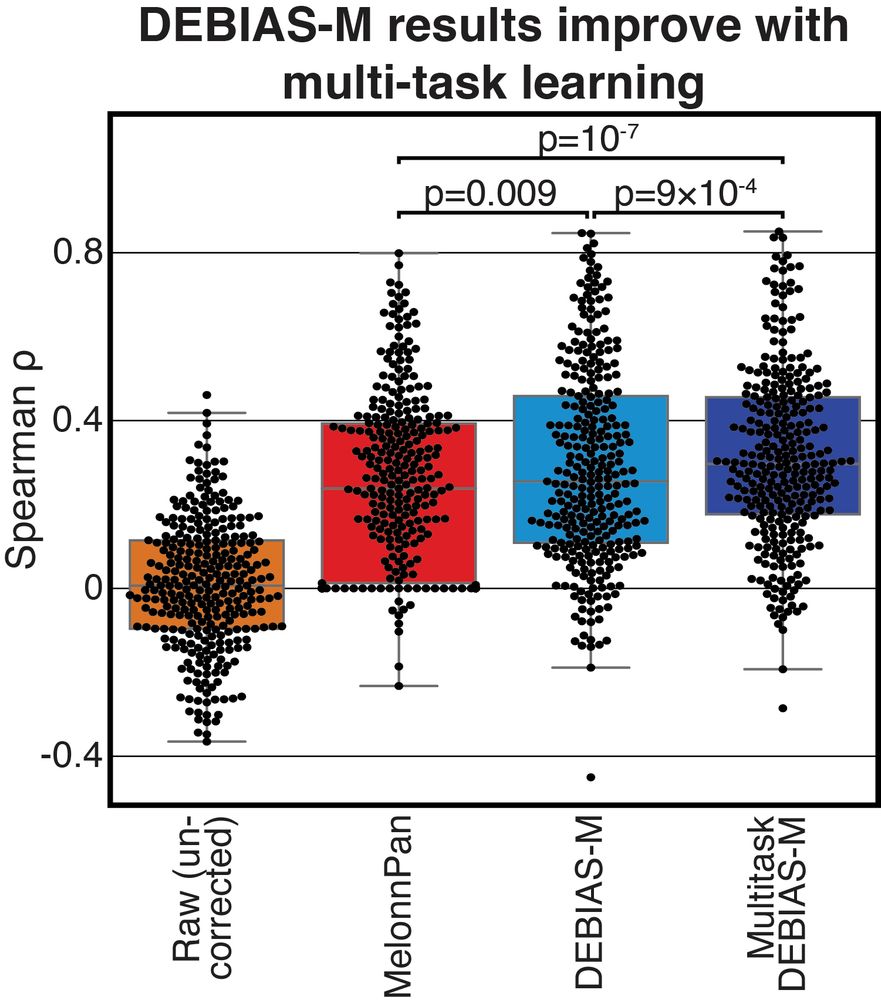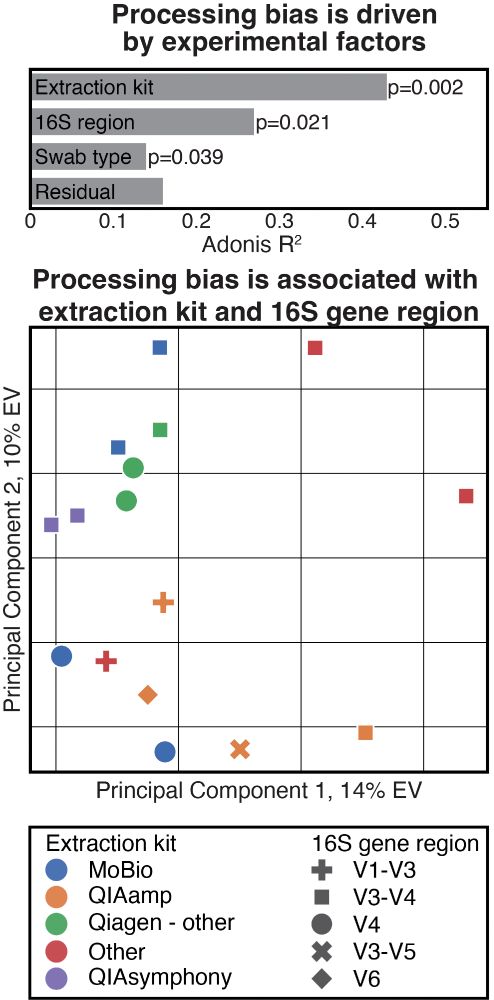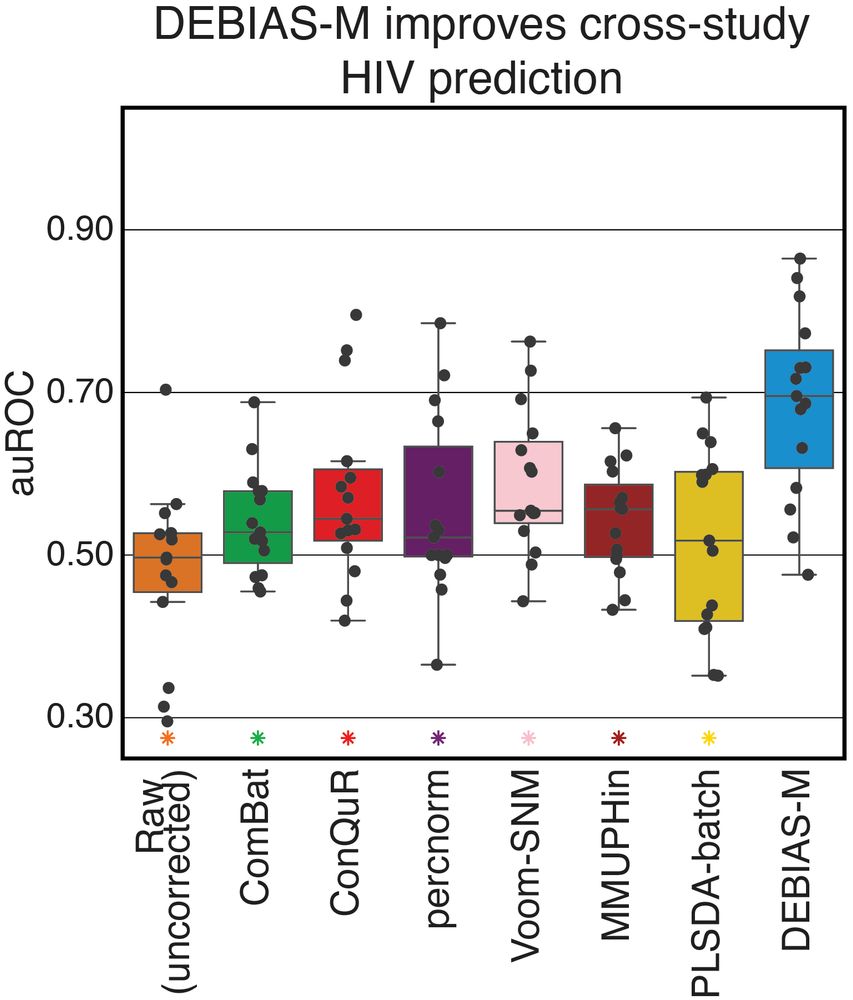












Many got this impression, but the text is clear on what was done - they took a subset of the processed Voom-SNM matrix.

Many got this impression, but the text is clear on what was done - they took a subset of the processed Voom-SNM matrix.


To show this, we analyze a real vaginal microbiome dataset. We take the sparsest feature - probably not really there - and once again, after CLR, it's associated with preterm birth.

To show this, we analyze a real vaginal microbiome dataset. We take the sparsest feature - probably not really there - and once again, after CLR, it's associated with preterm birth.







